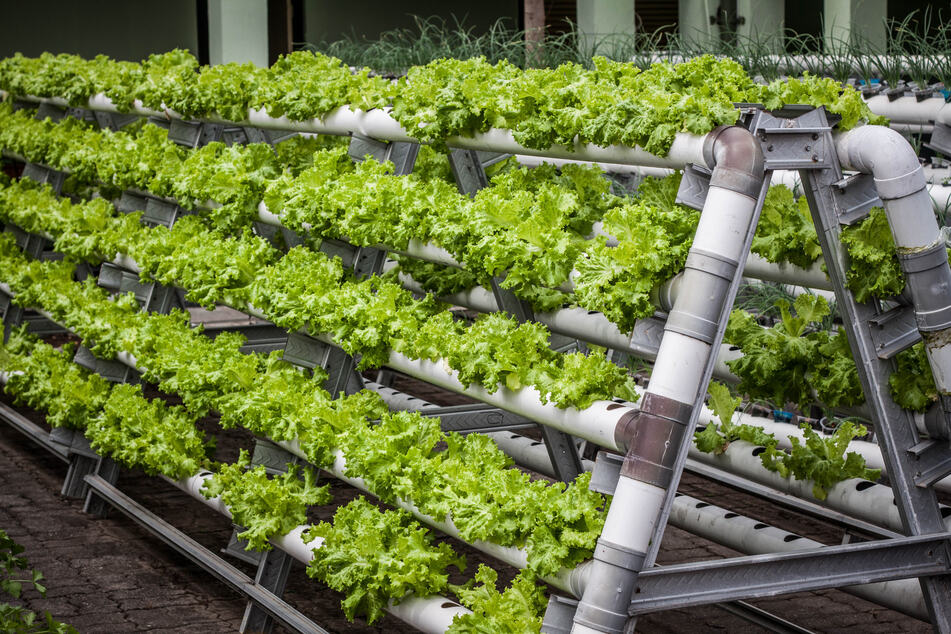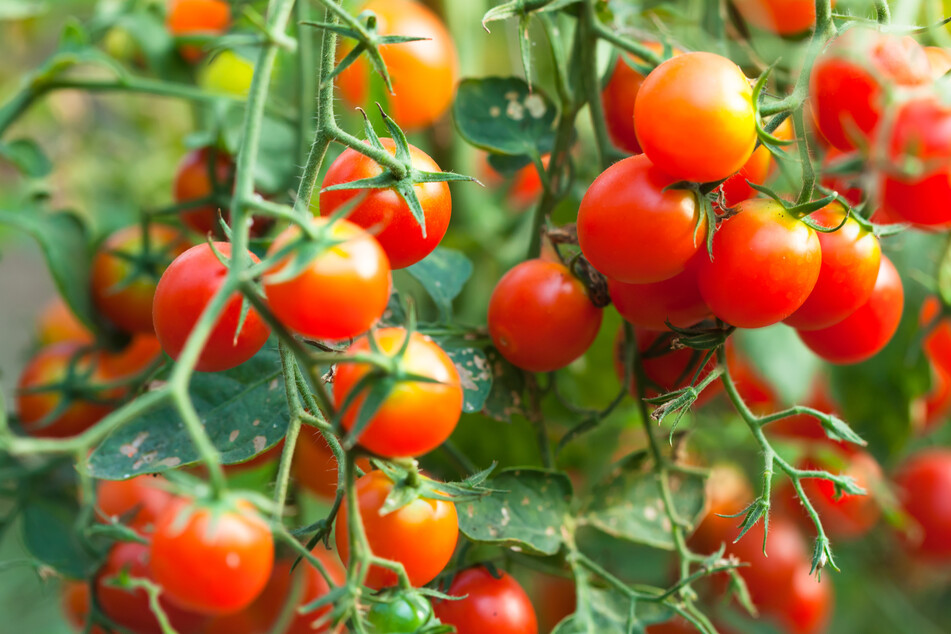Growing up: Vertical farming is here and it's the future!
New York, New York - Advances in agriculture and technology may forever change how humans produce their food. Now investors are scrambling to back vertical farming as the new revolution in the global food supply.

Gone are the days of needing expansive tracts of land, expensive equipment, battling pests, and fighting over water supplies. The future of farming is vertical, according to AgFunderNews.
By growing and harvesting plants indoors on raised racks or in elevated pipe systems, plants receive water and nutrients either through the air and misting (aeroponics) or in nutrient-enriched water (hydroponics) pumped through the pipes they grow in.
Such a system easily beats soil, which can quickly become depleted of life-giving nutrients after a single crop yield.
"You get high density and high output, while using 90% less water" than traditional farming, said Micki Seibel, VP of product at the vertical farming startup Unfold.
New programs at universities like Texas A&M have been studying how to make vertical farming systems more efficient and cost-effective. Currently, most vertical farms are reliant on LED lamps for light, which has been very expensive until recently.
The artificial lighting set-up allows for plant growth regardless of seasonal changes and in regions that don't naturally have the right conditions for all types of crops. Even tiny, cramped countries like the Netherlands have become major crop exporters because of indoor methods and extra lighting.
Because lamps can be controlled and lighting amplified, plants can grow faster than ever before, cutting production times.
New tech updates have made vertical farming booming business

Reuters reported that investors are jumping at the chance to pump more money into Bowery Farming, a New York vertical farming startup that is now valued at $2.3 billion.
Bowery's CEO, Irving Fain, said "We're going to need 50-70% more food over the next 30 years, according to the UN. Indoor farming is not the only answer to that challenge, but it's part of the solution."
"We can move the farm to the people rather than the food," James Woolard, chief marketing officer at Freight Farms, told Axios. His company sells mobile hydroponic freight containers that have been modified for indoor farming.
But will vertical farms really supply the food we buy at the grocery store?
Until recently, it was the cost of artificial lighting that was the biggest roadblock for vertical farms, preventing them from producing "commodity crops that make up the backbone of the food system," according to Axios.
Fortunately, LED lamps have finally become efficient and cheap enough to create the perfect conditions to grow a new global food system, so things are looking up!
Cover photo: 123RF/Teguh Jati